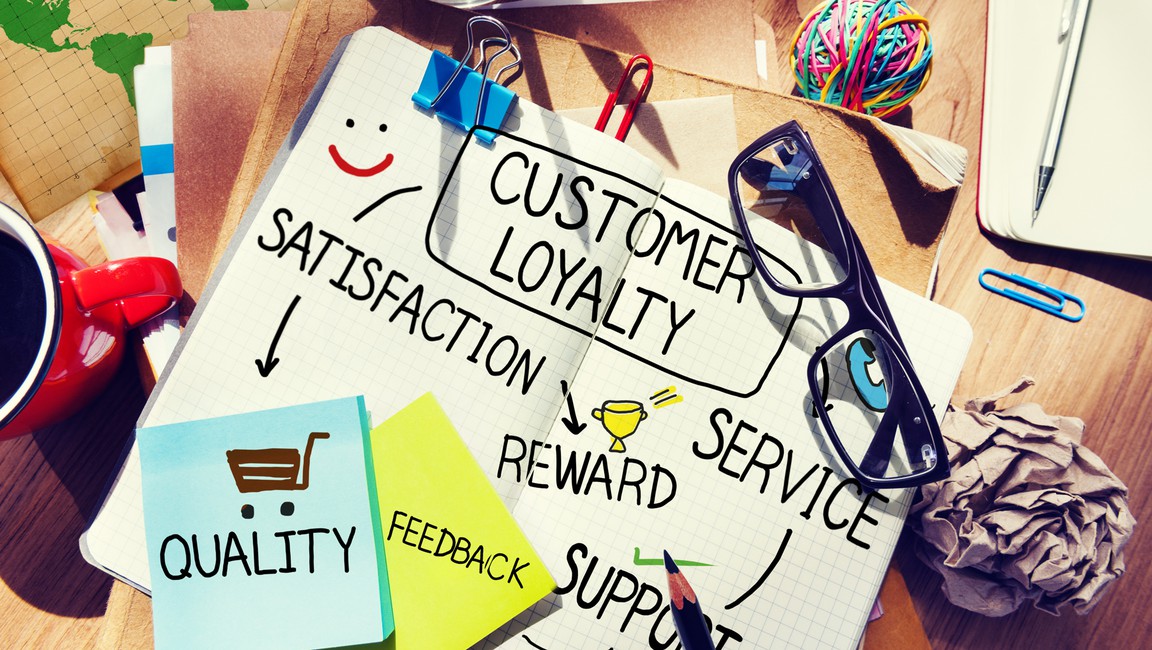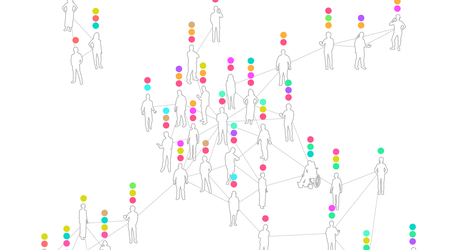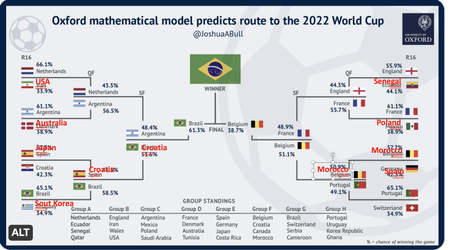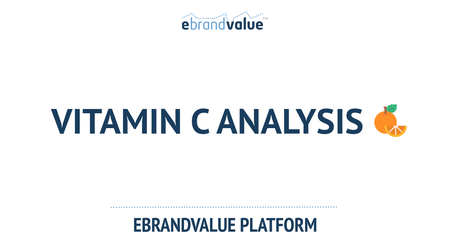Brand switching is a term in which your customers change brands. It's an easy concept to understand, but preventing it from happening to your customers is an entirely different matter.
If you want to succeed in the business world, then brand switching is an essential concept that you should take seriously. It is widely known that acquiring new customers is generally more expensive than spending to keep your old ones. In other words, if you know how to keep your customers, then you have a higher chance of lowering your cost while maintaining or increasing profits.
In this article, you will learn about the top three reasons why customers switch brands. And, most importantly, what you can do to prevent it from happening.
Mismatch Between Price And Value
One of the first things that you should realize is that consumers will always have a brand affinity.
Brand affinity is the consumer's "love" for a specific brand. Keep in mind that every consumer will have different levels of fondness for a brand. There are people out there that will pay ridiculous amounts of money so that they can get their hands on their preferred brand. However, others are not particular about the brand but will still choose a favored brand as long the price difference isn't that big. And, this is where the concept of price or value comes into play.
As mentioned before, consumers will always choose their preferred brand up to a certain point. However, the most limiting factor is the price.
A simple way of looking at it is your customers will prefer your brand and will even pay up even if its higher than the competitor. However, if the mark-up gets too high, then they will switch.
The easy way of countering this problem is carefully managing the price and value gap. Know the prices of your competitors. If you are doing a mark-up, make sure that you are offering a value that will justify the price difference.
On the other hand, if you are undercutting the competitor, then you should know what the competitor is offering in terms of price and perceived value. Even though you are priced lower, but if the competitor is offering services or goods that come with higher total perceived value, then they may switch. In such a case, you may have to undercut some more or offer something that increases the perceived value of your service or item.
Another critical factor that you should be aware of is that brand affinity also varies in different industries. For example, for basic consumer goods (i.e., sugar, salt, cereal), the primary driving force for purchase is price with a low consideration for brand value. On the other hand, the driving force for lifestyle-related purchase is brand impact or value. It's the reason why Apple Inc. can charge almost twice the price for their iPhones than competitors (when the smartphone revolution started), and consumers would still pay up.
Customer Service Is Non-Satisfactory
If there's one thing that will cause a sudden change in brand perception, then it's customer service. In most cases, a single poorly handled case will cause a customer not only to dislike your brand, but even hate it to the point that they will tell everyone about it. Hence, you mustn't cut corners when it comes to customer service. At the very least, you should have a system in place that will respond to a customer as soon as possible.
The quick response system doesn't mean that the problem should be solved right then and there. A system that will notify the customer that their concern is being received is usually enough.
Another important thing you can do is to place the right people to handle customer service, like a "people-person." The last thing you want is a person who is unsociable handling customer service. An irritated customer talking to a person with no "people skills" is a recipe for disaster.
There will always be certain cases that require a judgment call. You'd want the decision-maker to be as nearest to the customer as possible in relation to the overall customer service "chain-of-command." By doing so, the case can be resolved as fast as possible, which is something that every customer wants.
Keep in mind that customer service is a tricky business as you will be balancing between legitimate concerns versus ridiculous claims. When worst comes to worst, it's okay to lose a customer if the demands are ludicrous.
Brand Fatigue
Brand fatigue is a phenomenon in which a customer is tired of your brand and makes the switch. In most cases, the reason for brand fatigue is overexposure. This is the part in which innovation can be a downfall.
Most businesses start with a couple of high-performing goods or services. As they gain success, the coffers are also filled. Then, the company invests in innovative products or services. As these products are released, they let loose the guns of marketing.
What if you have more than one or two innovative products? Well, some companies would heavily market their products at the same time. From a customer's standpoint, they are getting fatigued with the constant bombardment of your brand.
Another problem is brand dilution. The most successful brands on the planet are associated with one thing. For example, Amazon.com is known for its online retail. eBay is recognized for its online auctions.
It's one of the reasons why Amazon.com's auction system failed. You probably didn't know that it even existed, but it did. Nobody used it because they were using eBay for online auctions. On the other hand, it is less likely that eBay will become an online retail giant like Amazon.com as it's known for its online auctions.
The saving grace for Amazon.com is its huge coffers. What if they invested a lot with the auction system and failed? What if the loss is too much that it pulled the entire company down? That could happen to your company.
Innovation is generally good, but make sure that it stays very close to the core of what your business is known for. Otherwise, you'd run into problems brought on by brand fatigue and brand dilution.
So what you can do about brand fatigue?
The first step is realizing that it can happen to your company. No matter how big or successful your company is, you can't rest on your laurels. You must always be vigilant.
The thing that you should always watch like a hawk is your sales. The moment it dips with concerning levels, alarm bells should go off. And, you should start asking:
- Why are customers losing interest in our brand?
- Is there are a new brand or competing item or service that made our customers curious?
- Are the new generation don't recognize our brand?
- Are we listening to our customers and giving them what they want?
Keep in mind that these are only a few of the many crucial questions that you need to ask. The most important thing here is that you ask. Always remember, the better the questions, the better the answers.
Wrapping It All Up
Brand switching is a vast subject. In fact, you can write an entire book about it. It's an excellent subject to master if you want to ensure the long-term success of your business. For now, you can start with a few of the most crucial reasons for brand switching like a mismatch between price and value, poor customer service, and brand fatigue.
Trends can be negative when associated with customer defection, or positive when it is associated with customer adoption or acquisition. eBrandValue’s platform generates brand affinity changes and underlying trends that are associated with adoption and defection close to real time. For a demonstration of how, see eBrandValue's social listening platform. eBrandValue’s brand affinity algorithm is tested and proven in diverse B2C industries such as CPG, finance, and telecom.
eBrandValue Platform'u hakkında daha fazla bilgi edinmek ve hangi metriklerin marka değerini nasıl etkilediğini öğrenmek için aşağıdaki formu kullanarak bize ulaşabilirsiniz.








